Mr. Demand, when you were living in Berlin you said, “My city is ugly and it will never be Paris.” Do you prefer an ugly surrounding?
Well, there is a difference between ugly and ugly. The ugly I don’t like is the one that tries to be nice but is actually hideous – like most of the apartment buildings that are springing up in Berlin. Most of the office buildings look like someone dropped them straight from Kazakhstan. Apparently it’s the same architects. They are hideous; they are annoying. It’s like a disease. It’s not even like in Dubai where you have something that is so outrageous. It’s just mediocre.
What is the ugliness that you do like?
The ugliness that I was talking about is the unresolved. There is something here, something there, it’s not exactly matching this one, there’s no master plan. There’s openness, there are unused areas that nobody can make any use of. For me the beauty of Berlin was the openness, the undefined, and the sense of possibilities you had when you came here. That has kind of disappeared.
Is that why after 16 years of living in Berlin you decided to move to L.A.?
L.A. is actually full of that. It’s so vast; it’s so big. You see so many layers on top of each other. I felt… not at home, but I felt comfortable right when I came. Always. I had been there before, I have many friends there, I have a gallery, museums, collectors and so. I knew that I wasn’t going to go into the desert, but on the other hand I knew that I was going to be able to communicate with the place, see things you wouldn’t see anywhere else, and feel comfortable.
Where do you call home these days?
My friends. Wherever my friends are.
What does friendship mean to you?
Friendship is not only hanging out socially; it’s also a mindset. You have a couple of people you talk to and you know they kind of understand you. You can test ideas. Especially as an artist traveling all the time, you need some people who aren’t only a consequence of your fame or your status. Every artist, no matter if you are successful or not, needs to have somebody who appreciates your ideas and what you do. Maybe they say, “The last one was better than the new one,” or whatever. Just this kind of leveling, like a guitar player has to tune his instrument.
You are known for constructing life-sized paper models of recognizable places – often images widely seen in the media like the Oval Office or the cave where Saddam Hussein was found hiding – then destroying the model after pictures are taken. How do you make sure your artworks will remain relevant in the future?
When you send it out, when it’s done, it has to have the power to be independent. And many, many artworks I know, from myself and from other people, once they’re out there, they kind of develop a meaning that is actually more than the painter or the artist was thinking of in the beginning. You do something, you don’t even know why, you just have a good, intuitive feeling that this is how it should be. Then you send it out and in 10 years it has to still be meaningful in some sense. When I look at art it has to be “now.” I look at it now, I read it now, I bring my background to it and it has to work with that.
So all art is contemporary in a sense?
Exactly, because you see it now and not then. You come now with your worldview and you look at the painting, or the sculpture or whatever, and you just understand it now. So in that sense no artwork is old. Also, the aesthetics I like last longer. If you look at the last hundred years, the clean work, the very toned down and reduced work is actually the strongest.
Which artists specifically?
Look at Rothko, Lichtenstein. Look at Richard Prince, very hard and very sharp. That is where I locate myself in terms of aesthetics. When I think, “Should I leave something in, should I take it out?” I think that reducing is always better than adding because everything you add might age really soon.
How important are the external aesthetics of an artwork?
It is the invitation. The viewer will be attracted by the aesthetics. The statistical time people spend in front of an artwork in a museum is five seconds. So if you enter a big room and you see two things red over there and you like red, you are going to go for the red and you won’t really look at the other things. So in a sense it is inevitable; it’s all aesthetics. Because that is what art is about. It has an idea and it finds a form for it. You cannot escape the aesthetics.
Even with a deliberately “ugly” piece of art?
Even if you shit on a canvas, it’s kind of an aesthetic act. It is just the abandonment of what we call “aesthetic.” Aesthetics are inevitable; you cannot run away from it. However, once you have the viewer, in the 2nd second of the five seconds you might give him something that he thought he knows, but then it kind of doesn’t deliver. Then you have a doubt.
Which is a good thing?
Yes, that doubt might involve him a little longer. But it might also be that he just likes the surface. Of course it would be nicer if I could engage him in a dialogue, which in my work would probably be the question why there is no trace of use or detail. The viewer can clearly see that it is a photograph.
Is that why you leave imperfections in the paper models that you photograph?
In a sense, but I am not an illusionist. I find it tiring to try to convince people that it really looks like something when it doesn’t. That’s a pony trick; that’s not very interesting. If it’s too good then it’s getting too slick – in the same way that a sculpture without any trace of how it’s made might be perfect in a very conventional sense, but completely imperfect in a conceptual sense.
What is perfection then?
The most beautiful and perfect artwork is the one that has the smallest gesture and the biggest outcome. You want to give the viewer as much as he needs to understand what you’re showing, but then cut off. I don’t have a problem with people seeing the part that is constructed, the seam of the paper or whatever. That’s where perfection lies for me: how much effort you need for what. Of course you can always make it better, but you have to leave it at some point because you can kill things by being too nice, too worked over, and then you end up with a cadaver.
*Click here to read this interview as it appeared in Purple Fashion Magazine.
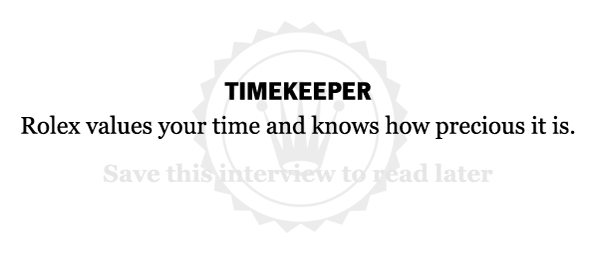
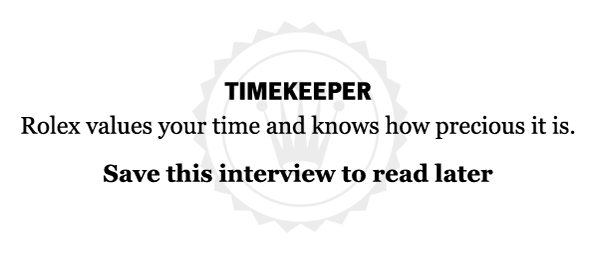
Short Profile
Name: Thomas Demand
DOB: 1964
Place of Birth: Munich, Bavaria, Germany
Occupation: Artist
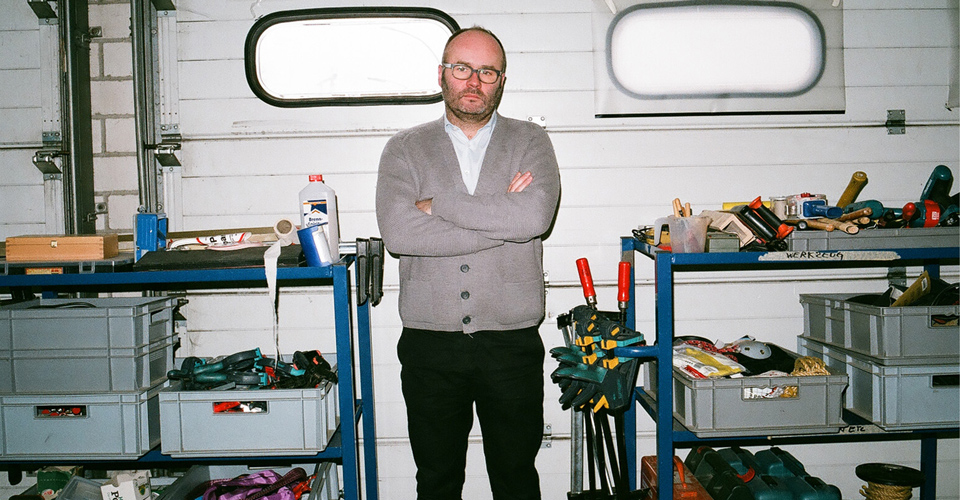
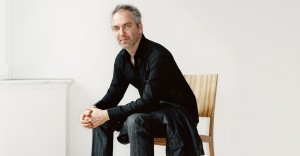
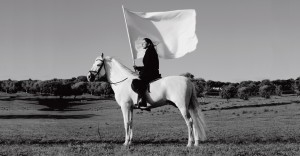
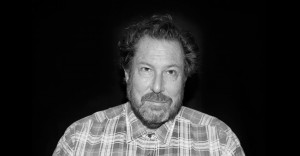

















Comments
write a comment, read comments